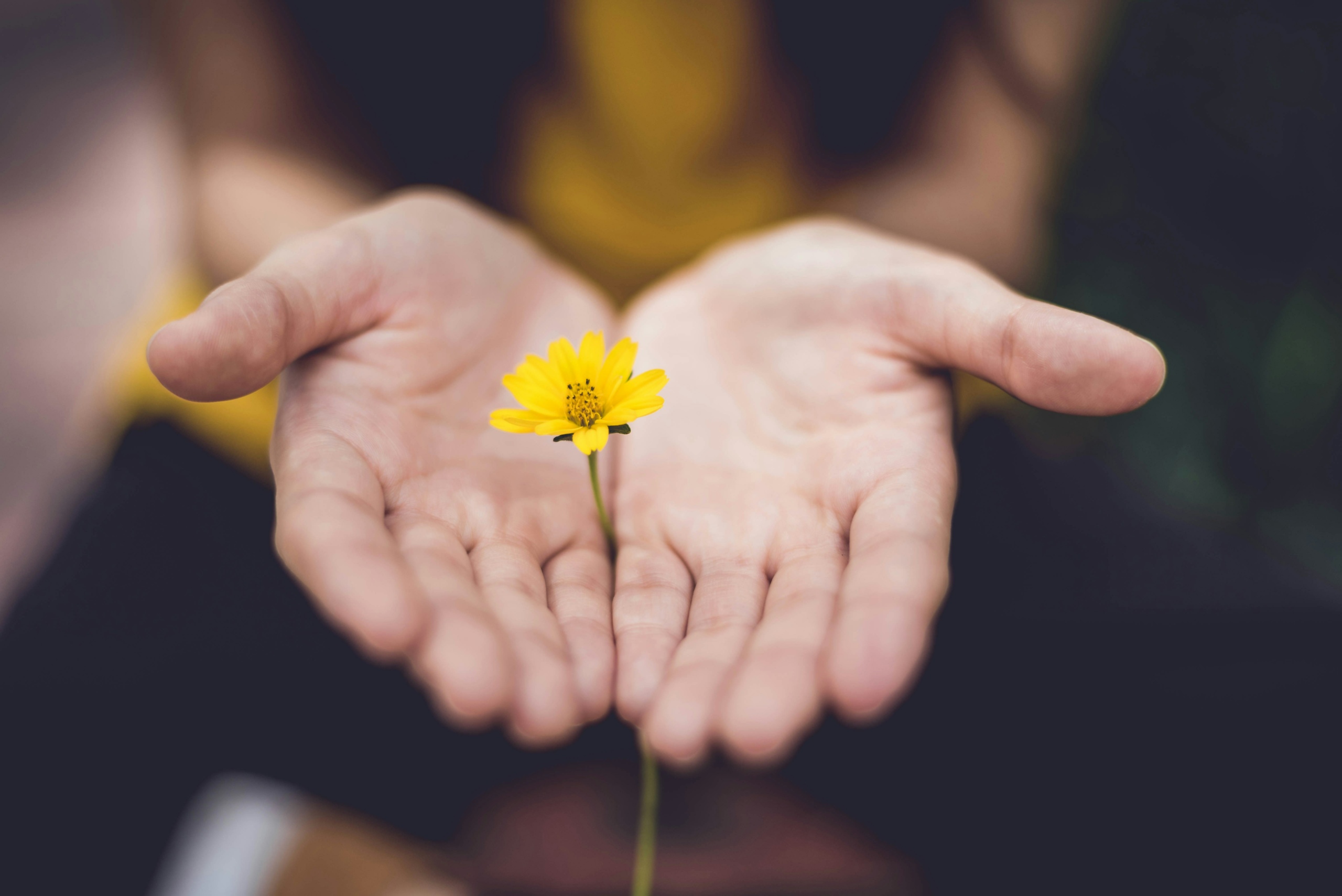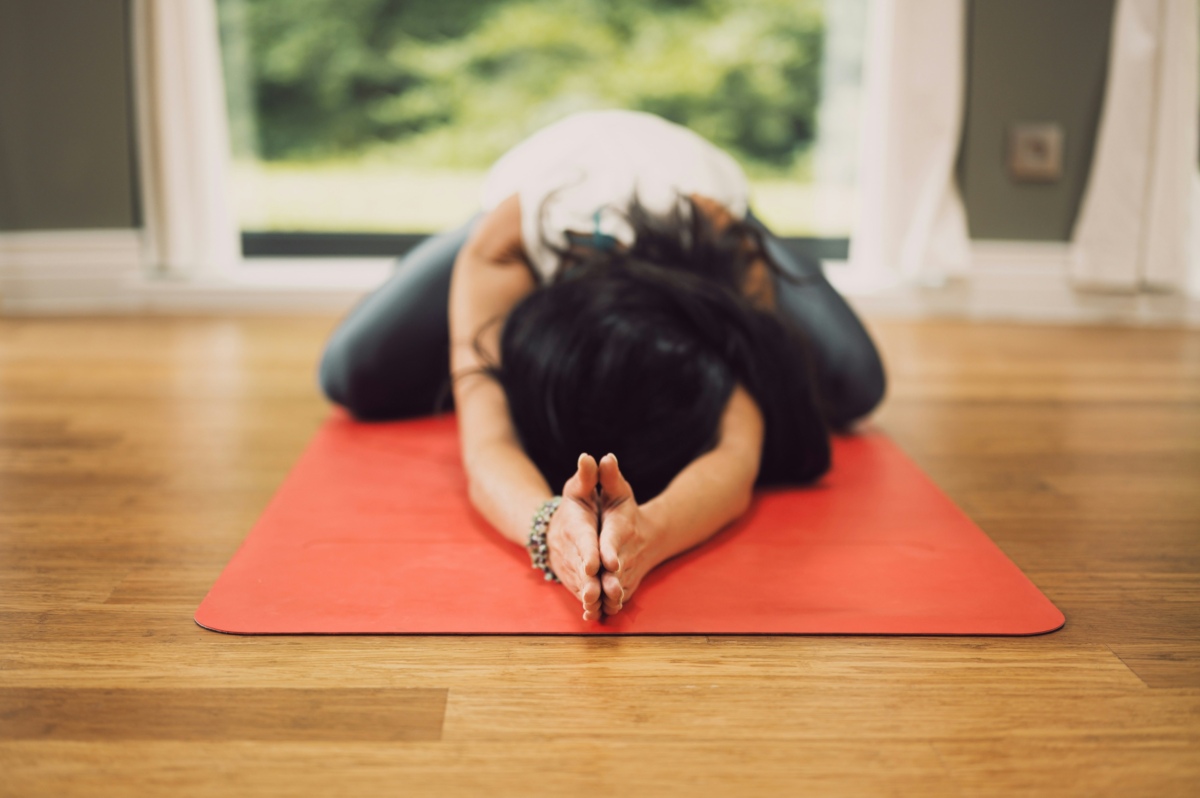Mindful Practices
Mindful type practices can be a positive way to cope with the impact of grief. The journey of grief can be overwhelming and a process that takes time and effort in coming to terms with. For someone who has experienced the passing of a loved one, ideally support systems would have been offered at the time such as bereavement and counselling services, however such supports may often be provided on a short-term basis. Grief is an emotion that takes time to address and consequently there often is a need to find a way to deal with the longer-term experiences of grief.
Examples of Mindful Practices

Mindfulness
Mindfulness is a practice that emphasises a state of being in the ‘now’. Jon Kabat Zun, a founder of this concept, refers to mindfulness as putting yourself in a place of paying attention to self in an ‘intentional way’. The practice involves being in a place of relaxation such as sitting in a quiet space with an emphasis on focusing on the ‘breath’. Pritchard describes that mindfulness can be a place of vulnerability, however, is a very effective way to identify with an emotion and to simply acknowledge it is there. Pritchard emphasises that mindfulness is not there to simply minimise the pain but to help recognise your pain and loss.

Mindful Walking
Other ways to undertake mindfulness can include mindful walking such as a nature walk or simply standing still in a place of reflection such as by the waters edge and being aware of the sounds, smells, feeling under your feet, or the wind on your face. A vital part of mindfulness is to focus on showing self-loving kindness through words of affirmation, mantra, or self-talk. Phrases such as “may I have the courage to move forward” can be incredibly powerful. Mindfulness is something you can do anywhere and at anytime and can certainly be a means of finding stillness and solace in a moment of need.

Meditation
Meditation, according to Perry views that meditative practice tends to give more a focus on reeling in our thoughts, rather than activating our senses as with mindfulness. Meditation too gives emphasis on the breath, and a means to de-clutter the mind. It usually requires a particular environment away from noise and distraction. Levey suggests creating a special place for yourself for your reflective practice and to place a few items such as a photo, a candle or other type of meaningful object to help with your focus. Meditation does not necessarily require you to be seated in a cross-legged position as with traditional meditative practices. You can be seated in a chair or you may want to opt for a walking meditation, the key here is to be in a space of least distraction and allow yourself to focus on your breath and be in the moment to relax and allow your mind to be still.

Yoga
Yoga will take you on a journey of gentle flow type movement with focus on the breath, allowing you to connect with the mind and body. The word yoga means to ‘yoke’ or to unite together with reference to harmony between mind and body. There are various forms of yoga from the more active flowing style of poses through to a quieter yin approach where poses are held for longer periods of time. The use of your breath to help focus on the movement and the effect on mind and body is a beautiful way to tap in to your ‘now’ and the activation of poses gives opportunity to let go, breathe, and give focus to your body and emotions. There are many websites and you- tube channels that offer yoga, however being in the presence of an instructor is beneficial to keep you safe, guide you in correct technique, and give positive affirmation during the practice.
Qigong and Tai Chi
Qigong (pronounced Chi-yung) and tai chi are examples of a Chinese style of exercise to optimise energy within the body/ mind/ spirit. These practices involve a gentle flow of movement, and once again with focus on the breath. Cate Morrill, a tai chi and qigong instructor describes these practices as a ‘moving meditation’ and differentiates between the two in describing that qigong will tend to give focus on an individual body part such as the lungs whereas tai chi provides more of a full body type expression.
Useful Links
Mindful practices are best done with an instructor initially so talking to your local community centre is a great place to start. Below are a few online links which might also be helpful…
